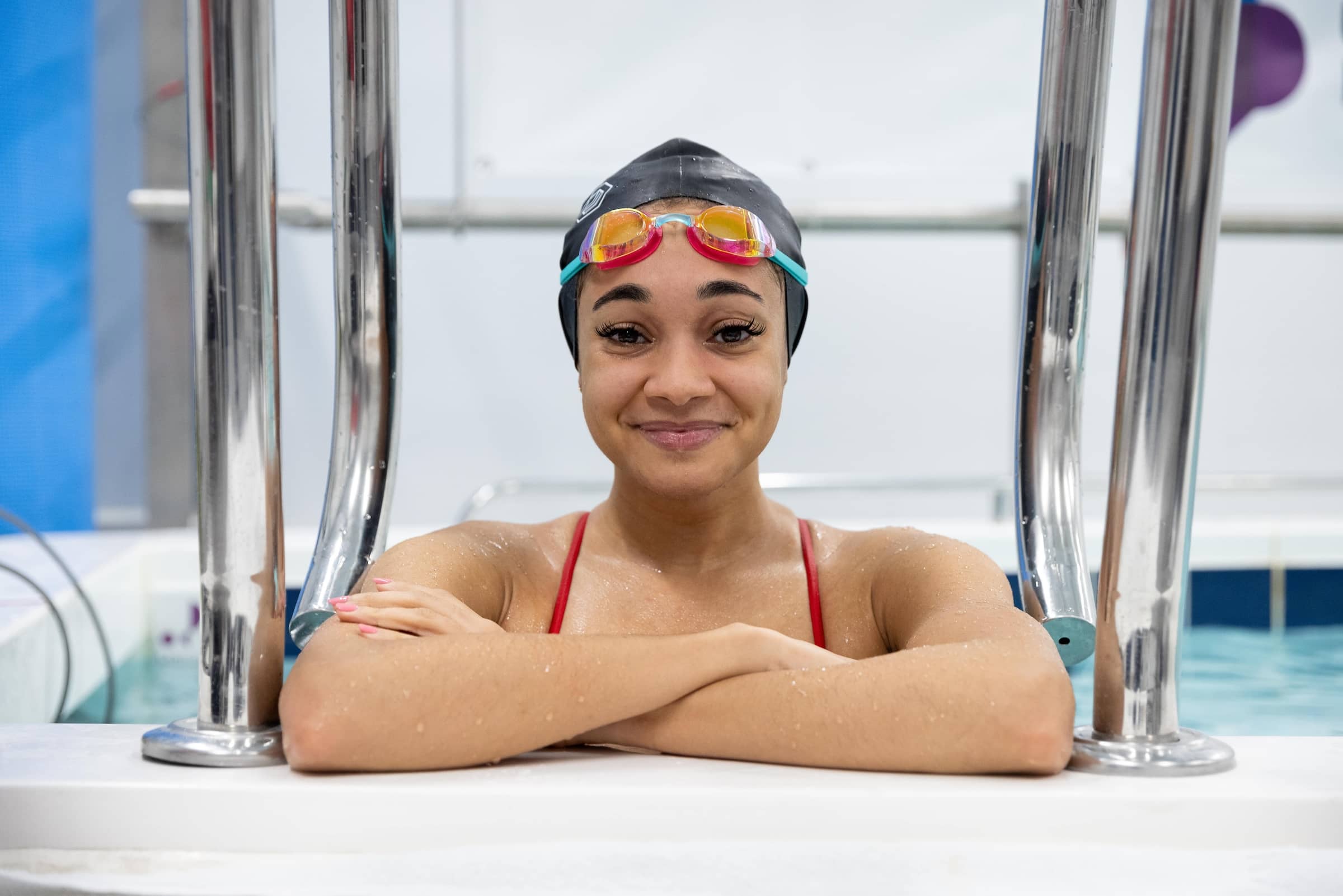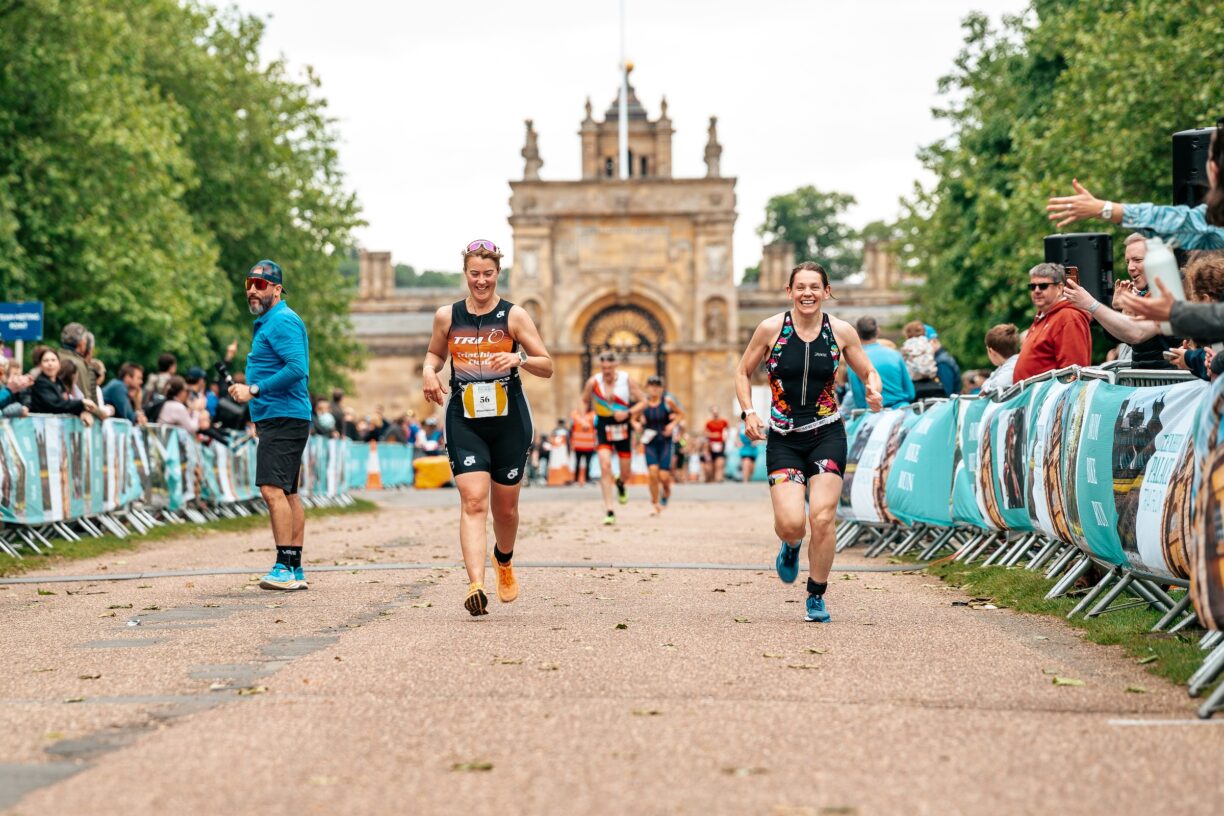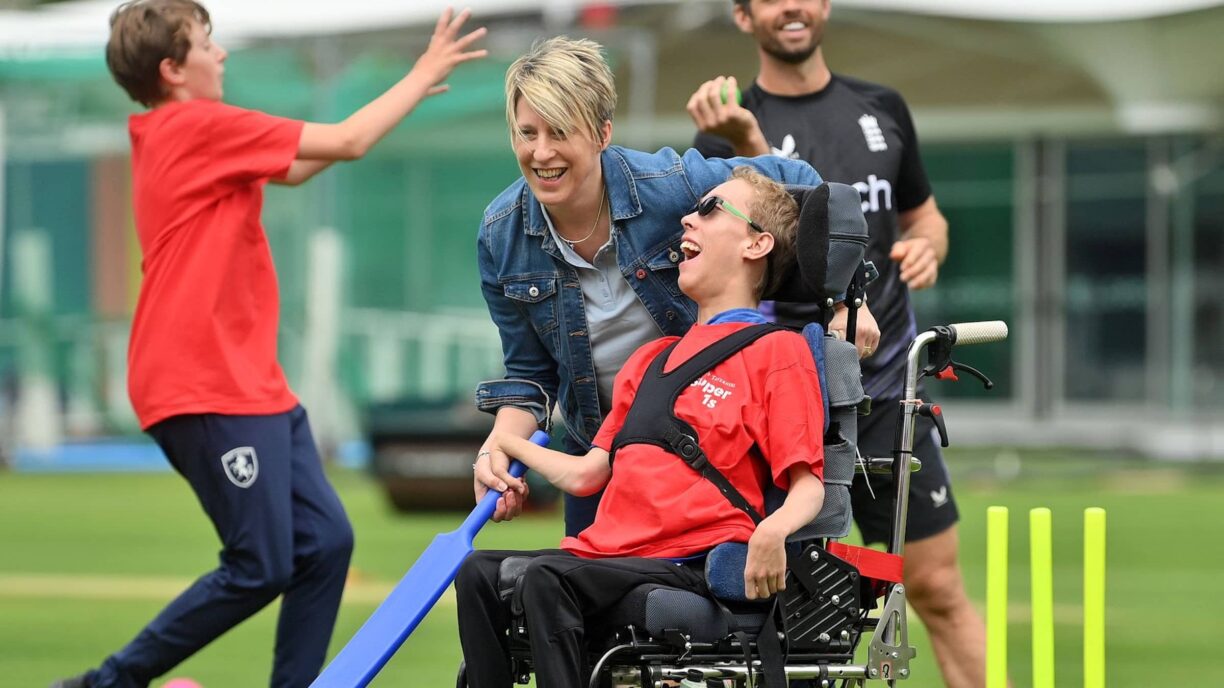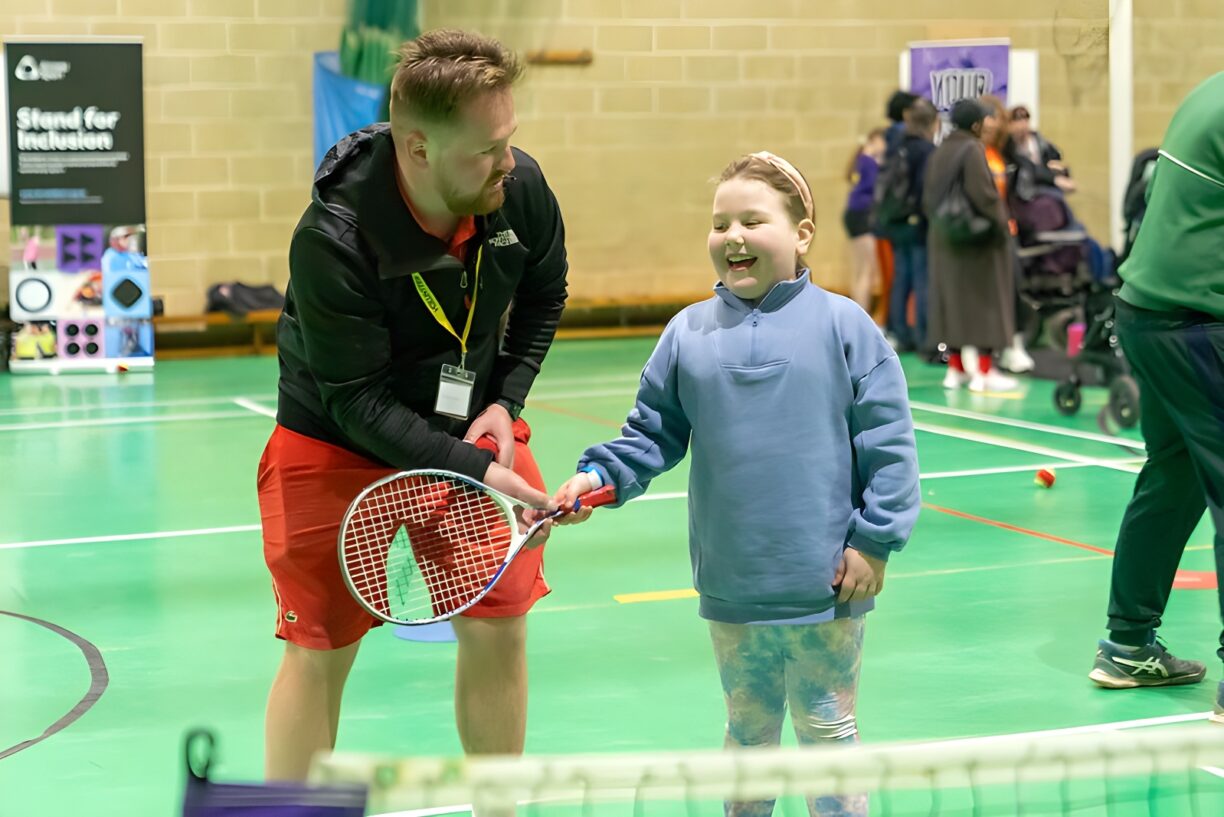A new myth-busting study, launched by the Black Swimming Association (BSA) and the Royal National Lifeboat Institution (RNLI), is stirring the still waters of a rather outdated belief.
Some folks have been floating the idea—pun intended—that people from African, Caribbean, and Asian backgrounds can’t float due to having “heavy bones.”
It sounds almost like a script from a bad science fiction, doesn’t it? Well, this study is all set to pull the plug on that bathwater.
Now, partnering with the University of Portsmouth and King’s College London, these researchers aren’t just skimming the surface; they’re diving deep to explore whether there’s any truth to the myth of race-based buoyancy in water. And let me tell you, they’re determined to drain this pool of misinformation.
The Stats Pool
Consider this: In England and Wales, 21% of individuals from these communities live close enough to throw a pebble into a waterway, yet, their participation in swimming is startlingly low.
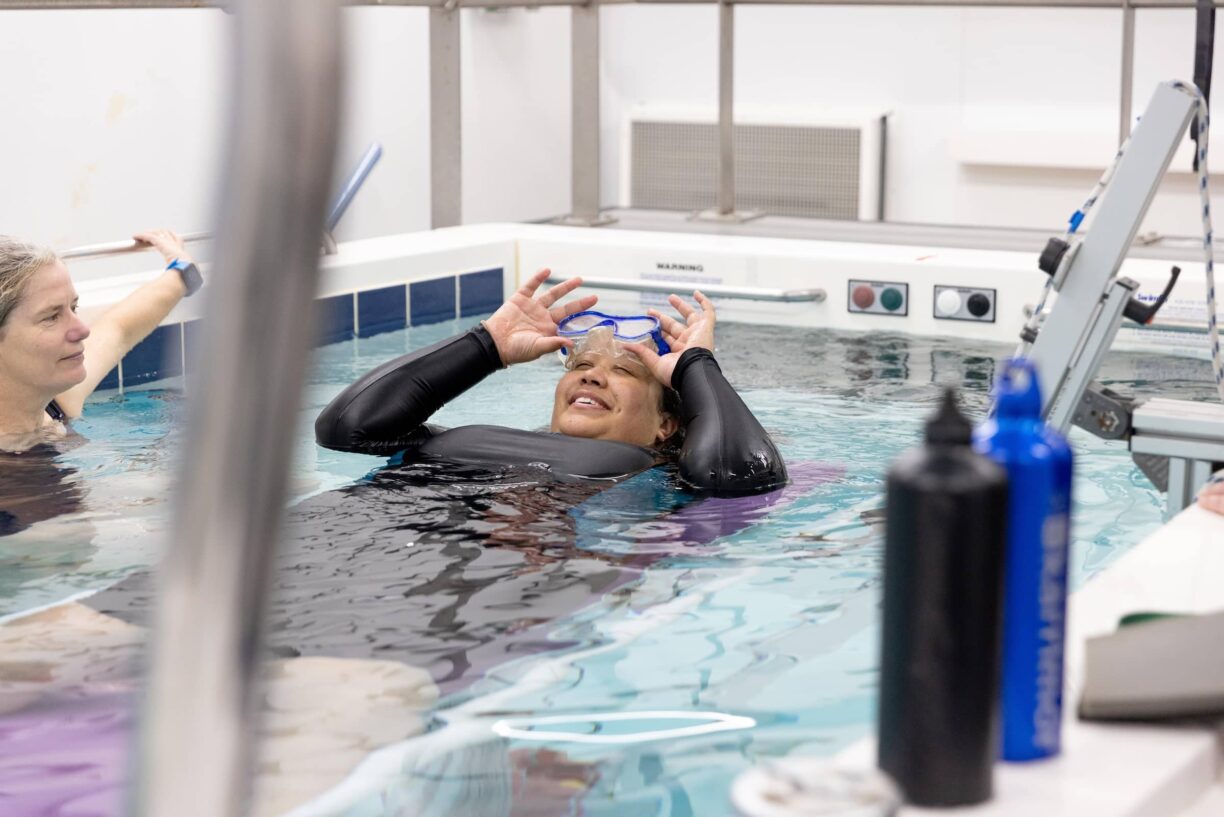
Shockingly, 96.5% of Black adults and a significant portion of children, along with 95.8% of Asian adults (excluding those identifying as Chinese) and their children, aren’t hitting the pools or beaches as much as they might.
With such alarming stats, it’s no wonder that the risk of drowning in these communities is disturbingly high.
Voices from the Water’s Edge
Danielle Obe, the co-founder and Chair of the BSA, puts it plainly: “Water safety and aquatic activity are not just recreational pursuits; they are essential life skills that everyone should have equitable access to.”
Obe is diving into the deep end of a serious issue here, challenging the myths head-on to open up the waters for everyone, regardless of race.
She adds, “It’s a myth that some groups of people are physically less able to float because of their race, but it’s a myth that most definitely exists predominantly in relation to Black communities.”
This is more than just about swimming; it’s about overturning generations of misguided beliefs.
Dr. Heather Massey of the University of Portsmouth also weighs in, “A person’s physical ability to swim is not so clear cut as some people believe.”
She’s pointing out that while the act of swimming might seem straightforward, the access and opportunities to learn aren’t distributed so evenly.
“Swimming is a tiring and very technical activity which requires practice, but not everyone has access to facilities or the opportunity to become more confident in the water,” Massey continues, highlighting the real barriers that need dismantling.
Life-Saving Partnerships
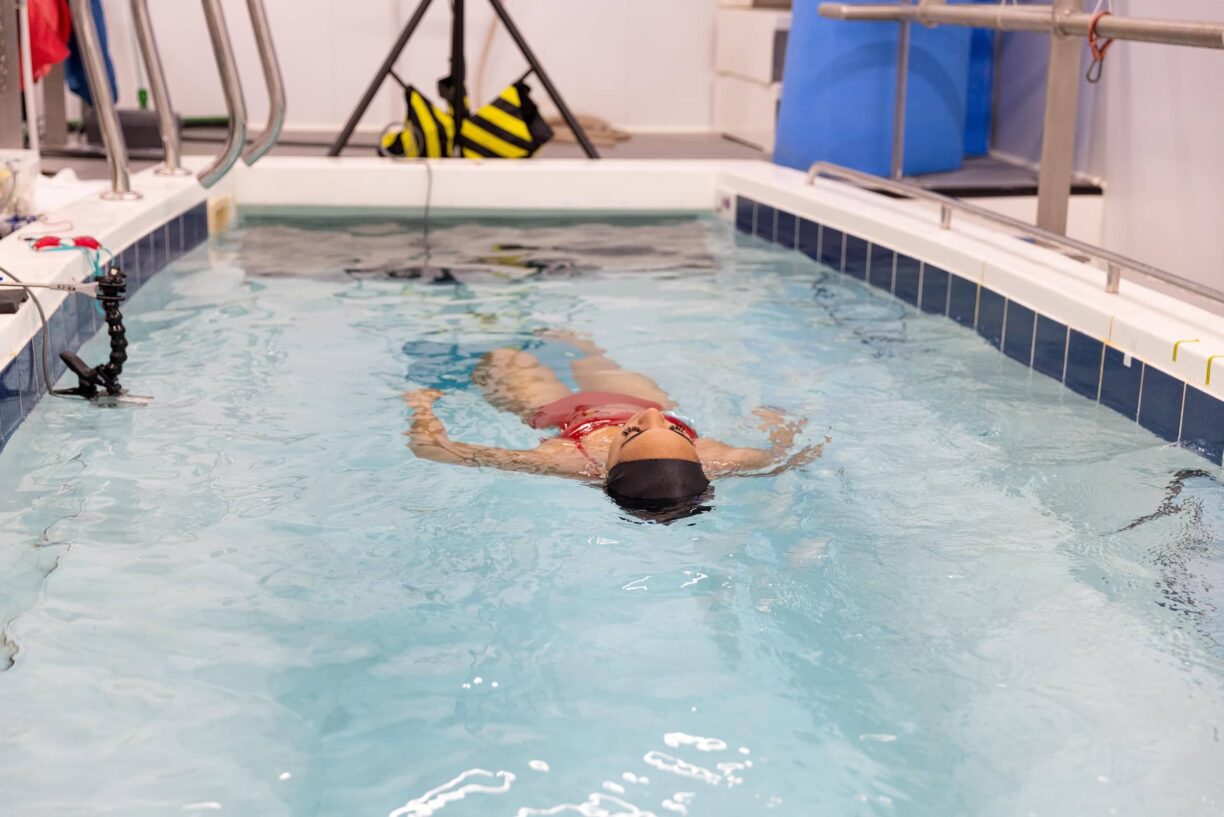
Gareth Morrison of the RNLI shared his enthusiasm about their collaboration, “We are incredibly proud to have been partners with the Black Swimming Association (BSA) since 2021 and to be working together to reduce drownings in the African, Caribbean and Asian communities in the UK and Ireland.”
The RNLI, now celebrating 200 years, is keen on ensuring that their life-saving advice, like the ‘Float To Live’ message, reaches and resonates with every community.
Professor Mike Tipton, the cool-headed sage of human survival in water from the University of Portsmouth, brings some science into the conversation: “In general, because human tissue, overall, is less dense than water, humans should be able to float, regardless of race, gender, age, or shape.”
Tipton’s clarity here is about dispelling fears and encouraging a more universally confident approach to water safety.
The Dive Into Data
What’s happening at the research level? Well, at pools in London’s Downside Fisher Youth Club and at the KCL campus, they’re not just testing the waters; they’re measuring everything from lung function to limb size in 170 volunteers of various aquatic abilities.
The aim? To tailor public safety messages that actually match the real, measured capabilities of diverse bodies in water.
This isn’t just groundbreaking; it’s lifesaving. By debunking the myth of race-based buoyancy, this study not only clears the murky waters but also paves the way for a future where everyone can dive into the joys of swimming with confidence and joy, no matter their background.

